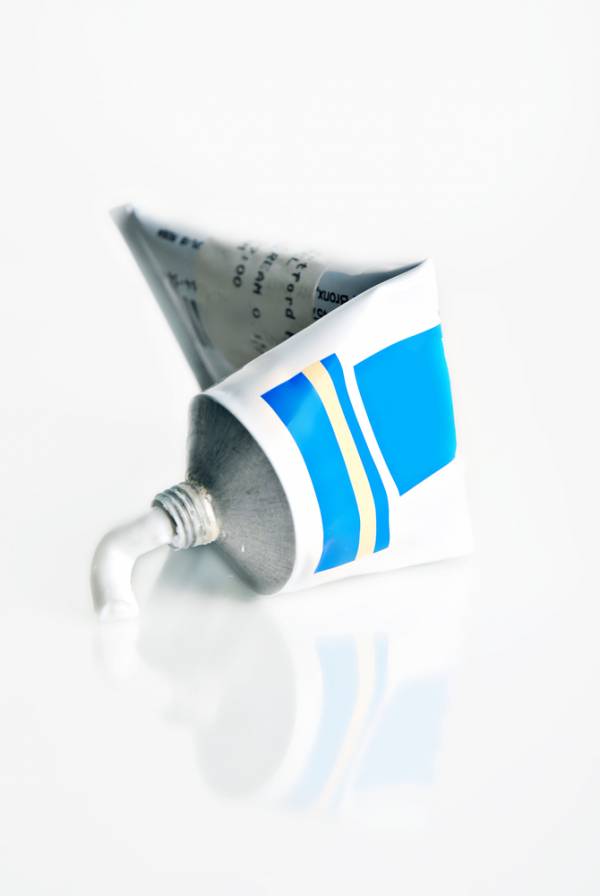When you grapple, you spend lots of time in close quarters with other people. You get sweaty. Frequently the sweat you come away with after a training session isn’t even yours. (And let’s not even discuss hairs, how they stick to sweaty skin like stink on a monkey, and where they might have originated.)
Warm, moist conditions like those associated with grappling are perfect for contagious skin ailments like ringworm, folliculitis, impetigo, and staph, among others, to latch onto and be passed around (and around and around) from grappler to grappler in all their itchy, oozy, crusty glory.
Does that sound like a good thing?
I didn’t think so!
Ringworm is so named because of the distinctive red ring of itchy bumps it creates on the skin. The active ingredient in athlete’s foot medication usually takes care of it in a couple days.
Folliculitis affects the hair follicles and looks like small pimples or, as when I had it on my legs, scabs. It usually goes away on its own, but a medicated ointment may be required.
Impetigo presents as blisters that break and crust over. Mild cases can be treated with antibacterial soap, while more severe cases may require antibiotics.
 Staph, short for Staphylococcus, is a bacterial infection usually characterized by a sore and tender skin. Antibiotics may be indicated for staph. And staph’s nastier cousin, methicillin-resistant Staphylococcus aureus (MRSA) is potentially life-threatening. Let’s repeat that: MRSA is potentially life-threatening. This is because, as its name implies, it is resistant to various antibiotics. MRSA is no laughing matter and should be treated quickly, possibly with hospitalization.
Staph, short for Staphylococcus, is a bacterial infection usually characterized by a sore and tender skin. Antibiotics may be indicated for staph. And staph’s nastier cousin, methicillin-resistant Staphylococcus aureus (MRSA) is potentially life-threatening. Let’s repeat that: MRSA is potentially life-threatening. This is because, as its name implies, it is resistant to various antibiotics. MRSA is no laughing matter and should be treated quickly, possibly with hospitalization.
Sound enjoyable?
I didn’t think so!
Ideally, we can prevent these skin conditions from even happening in the first place. To do so, practice good hygiene:
- Wash your training gear
- Wash yourself
- Wash your hands
- Use lots of hand sanitizer
- Wear shoes when you step off the mat—especially into the bathroom!
But if you do contract one of these skin conditions, or if you suspect you have, the best course of action is NOT to hide it and keep training. If you do that, you are putting the health and well-being of your teammates at risk. That is disrespectful, selfish, and just plain nasty.
If there is ANY doubt in your mind, show the affected area to your coach, suspend your training, and get treatment until you are sure you are no longer contagious. And though the concept of omerta dictates otherwise, you should also rat out any teammates who try to hide such a condition. Do you think the Godfather would want to roll with a funk-infested training partner?
I didn’t think so!






